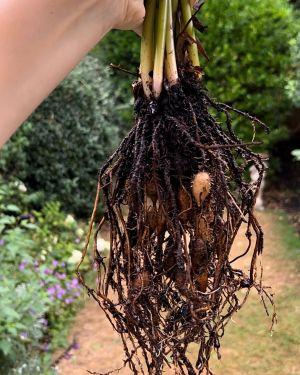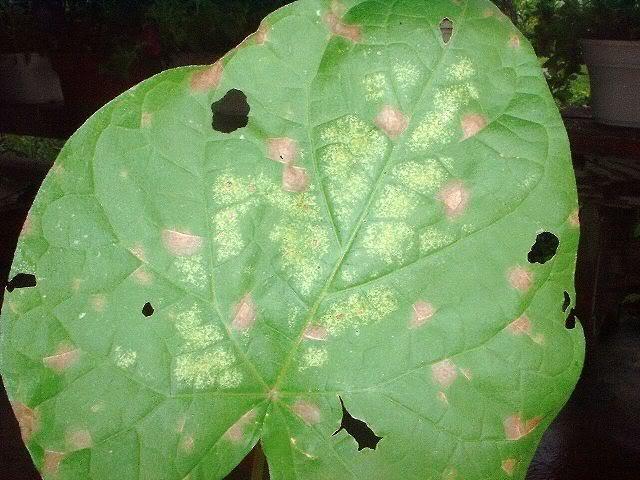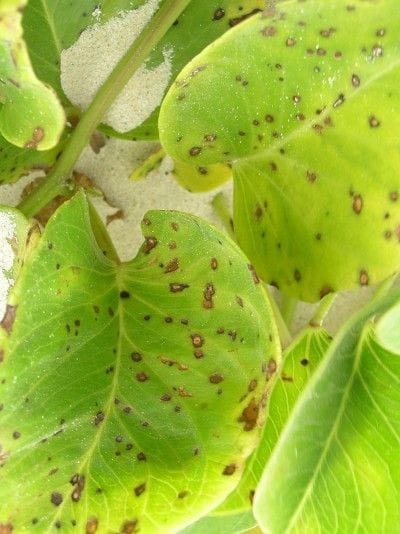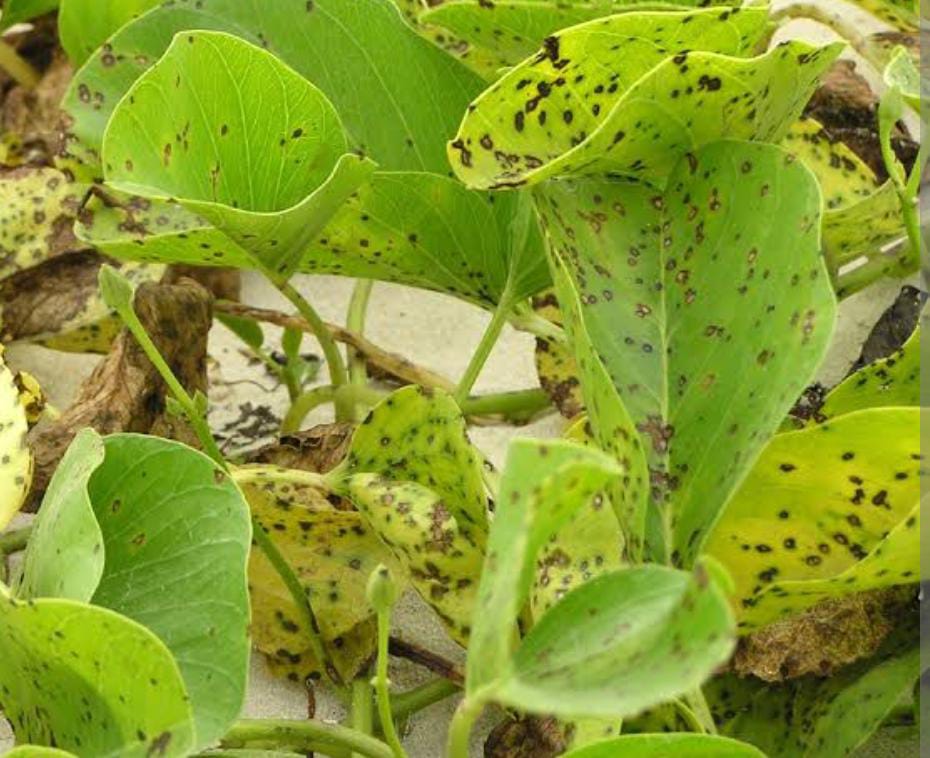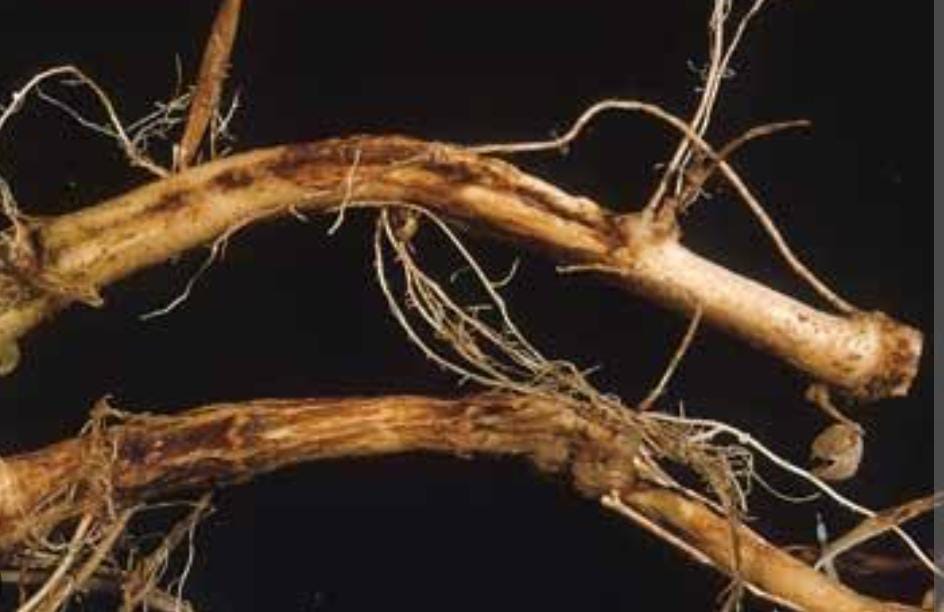Cairo Morning Glory Plant
CAIRO MORNING GLORY, also known as Ipomoea tri-colour, is a climbing vine. Plant in well-draining soil with full sun exposure. Water consistently, and provide support for the vine to climb. Pruning helps control its size and shape.

Habit
Climber
Height
1-5m
Growth
Fast
Soil
Sandy loam
Shade
Full Sun
Moisture
Moist
Edible
No
Medicinal
No
Origin
Africa, Asia
Climatic Condition
Tropical, subtropical
Temperature (°)
20-35°C
Humidity (%)
50-80%
Potting media
Organic compost
Fertilizers
10:10:10 NPK
Watering
Moderate
Plant Weight
500g-2kg
Flowering Time
Year-round
Soil Ph level
5.5-7.0
Water Ph level
6.0-7.5
Soil EC
Low
Yield Per Plant
Ornamental
NPK ratio
05:10:10
life Span
Perennial
Health Benefits
Soil erosion control, fast-growing
Suggested Grow Media or Potting Mix ?
50% compost, 30% perlite, 20% peat moss
Suggested Fertigation/Fertilizers
Fertilize every 2 weeks with a balanced, water-soluble fertilizer.
Common Diseases and Remedies
leaf spot , stem rot
small irregular black lesions on the outer leaf sheath.
Baking soda .
HEALTH BENEFITS
Some species of morning glory have psychoactive seeds, but this species is mainly ornamental.
What Is An Cairo Morning Glory ?
Ipomoea cairica is a climbing herbaceous perennial with palmate leaves and large, showy white to lavender flowers. This is a type of morning glory that has many common names, including mile-a-minute crane, Messina creeper, Cairo morning glory, Coastal morning glory, and railroad creeper.
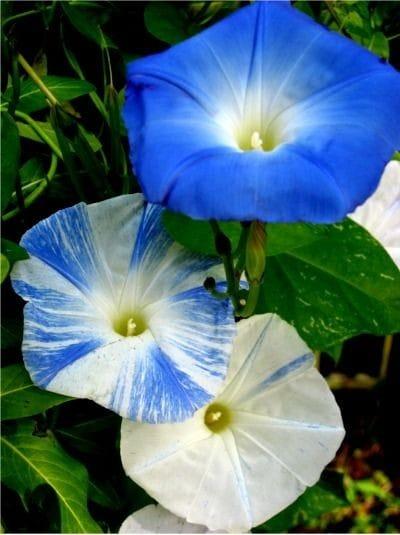
What Are The Different Types of Cairo Morning Glory Plants?
1. Coastal morning glory (Ipomoea cairica)
It has glabrous (i.e., glabrous) stems and leaves with five to seven lobes that resemble the fingers of a hand (i.e., palmately lobed). The flowers are relatively large (5-8 cm in diameter) and the sepals are relatively short (4-7 mm long), often producing a capsule containing four hairy seeds.
2. Blue morning glory (Ipomoea indica)
It has hairy (i.e. hairy) young stems and cordate (i.e. heart-shaped) or three-lobed leaves. The flowers are relatively large (7-10 cm in diameter), the sepals long and thin (14-22 mm long), and do not produce viable seeds (capsules are usually not seen).
3. Morning glory (Ipomoea purpurea)
It has hairy (i.e. hairy) young stems and cordate (i.e. heart-shaped) or tripartite leaves. The flowers are relatively large (3-7 cm in diameter) and the sepals are moderately long (10-15 mm), often producing capsules containing six glabrous seeds.
4. ivy-leafed morning glory (Ipomoea hederacea)
The ivy-leafed morning glory (Ipomoea hederacea) has hairy (i.e., hairy) young stems and cordate (i.e., heart-shaped) or three-lobed leaves. Flowers are relatively small (3-5 cm in diameter), highly curved sepals long and thin (about 20 mm long), often producing capsules containing 4-6 glabrous seeds .
5. White morning glory (Merremia dissecta)
It has sparsely pubescent (i.e., hairy) stems and leaves with 5 to 7 lobes, each of which is also further lobed or divided. The flowers are relatively large (4-6 cm in diameter) and the large sepals are relatively long (20-25 mm long), often producing a capsule containing four glabrous seeds.
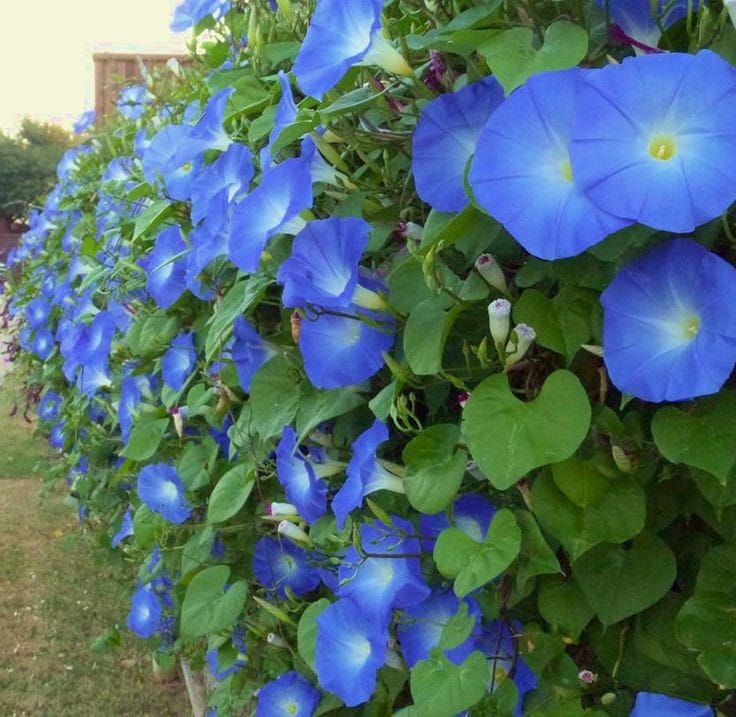
How to Care Cairo Morning Glory Plants ?
1. Location
They prefer full solar exposure throughout the day, and mesic soils. Some morning glories, such as Ipomoea muricata, Ipomoea alba, and Ipomoea macrorhiza, are night-blooming flowers.
2. Sunshine
Morning glory plants prefer full sun to partial shade, so they should be planted in a location that receives at least 6 hours of direct sunlight per day. Soil: They also require moderately fertile, well-draining soil. Water: They require regular watering to keep the soil evenly moist but not waterlogged.
3. Soil
They also require moderately fertile, well-draining soil. Water: They require regular watering to keep the soil evenly moist but not waterlogged. They require regular watering to keep the soil evenly moist but not waterlogged.
4. Hydration
Water freely during growing season and once or twice a week during dry periods; but again, established morning glory plants can tolerate drier conditions. Cut back watering in winter.
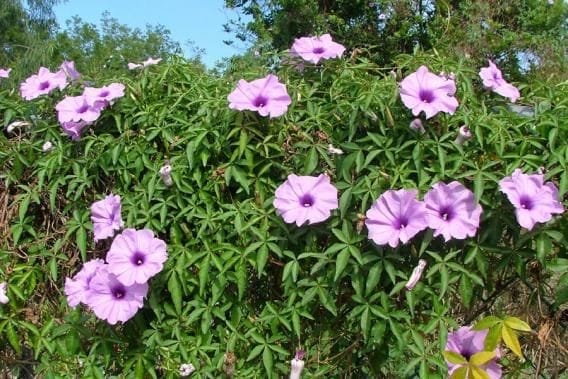
5. Nourishment
Fertilize your sweet potatoes with high in nitrogen in optimal amount in 15 days after planting. Such as compost or organic granular fertilizer. Don't put nitrogen too much for your sweet potatoes. Too much nitrogen, boosts the growth of leaves and branches at the expense of storage roots.
6. Issues
The Unseen Threat: Pests and Diseases - Aphids, spider mites, and whiteflies are the archenemies of Morning Glories. These pests are like uninvited guests at a garden party, and they're not leaving without a fight. Aphids congregate in clusters, sapping the plant's strength and leaving a sticky mess called honeydew
What are the Benefits of Cairo Morning Glory ?
Morning Glory is a dietary supplement made from the seeds of the morning glory plant. It is said to have a variety of health benefits, including improved digestion, increased energy, and improved mental clarity
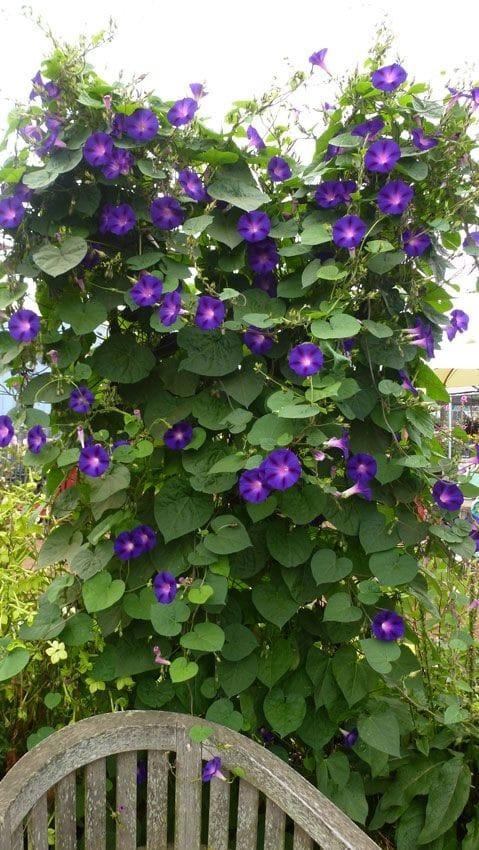
FAQs About Growing Cairo Morning Glory ?
1. What are morning glories good for ?
Ipomoea nil has been grown as a decorative plant since the turn of the 20th century. It is also used in folk medicine to treat diabetes, high blood pressure and heart disease. Some of the seed's qualities include anthelmintic, anticholinergic, antifungal, antispasmodic, antitumor, diuretic, and laxative.
2. Does morning glory have medicinal properties ?
The Chinese were among the first people to use morning glory for medicinal purposes. They used it as a laxative. On the other side of the world, indigenous tribes living in what is now Mexico used morning glories as medicine and in religious ceremonies.
3. Are shankupushpi and morning glory the same ?
Shankhushpi is also called morning glory and its name is derived from the "shank" or shell flower. It is a medicinal herb used in traditional Ayurvedic medicine because it contains many bioactive compounds with healing properties.
4. Is morning glory good or bad ?
Birds, bees and butterflies love them. Children are also intrigued by the eye-catching flowers. Fortunately, eating morning glory flowers is not dangerous for children as long as they don't choke. However, the seeds can be toxic, especially if ingested in large quantities
